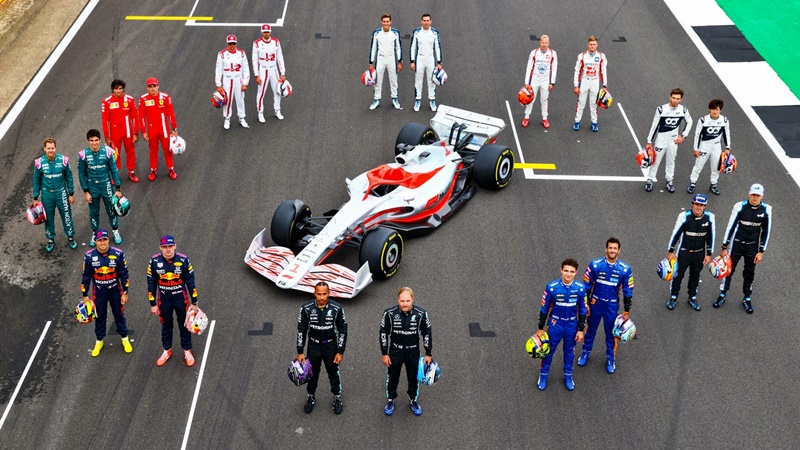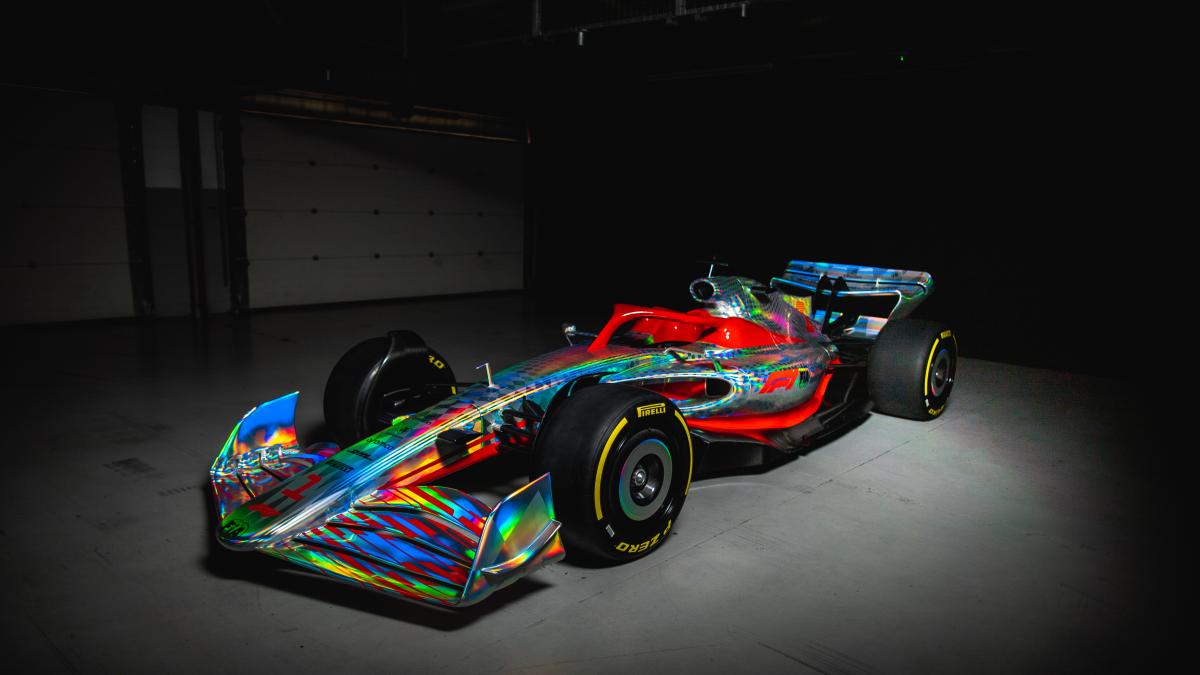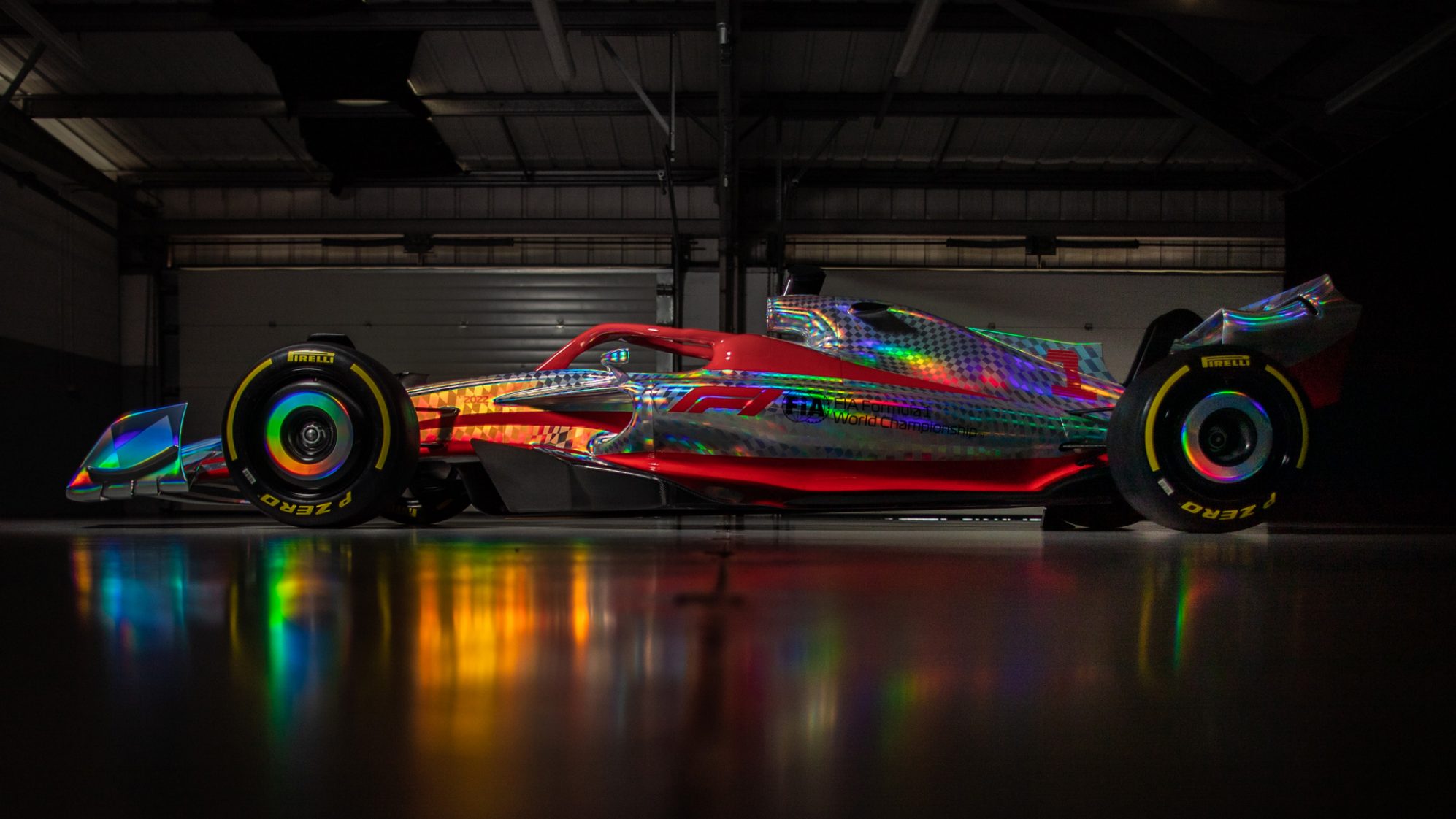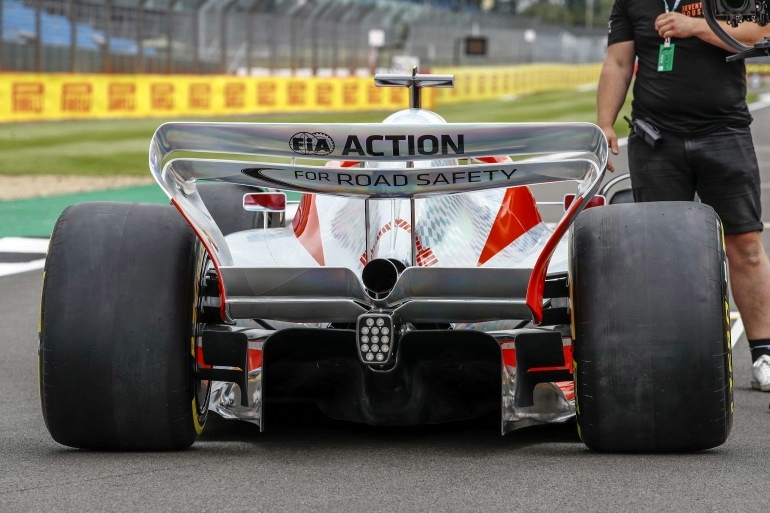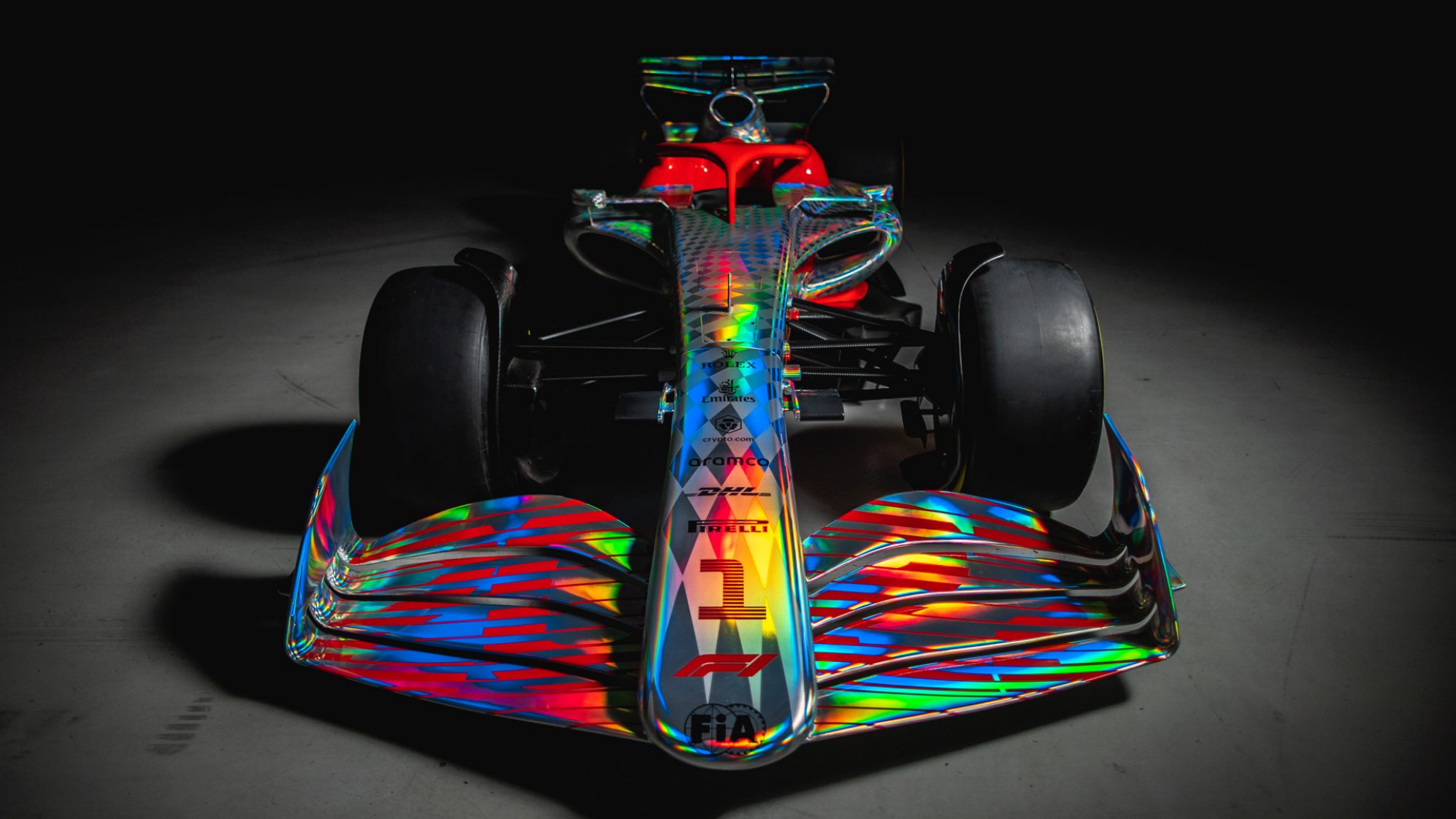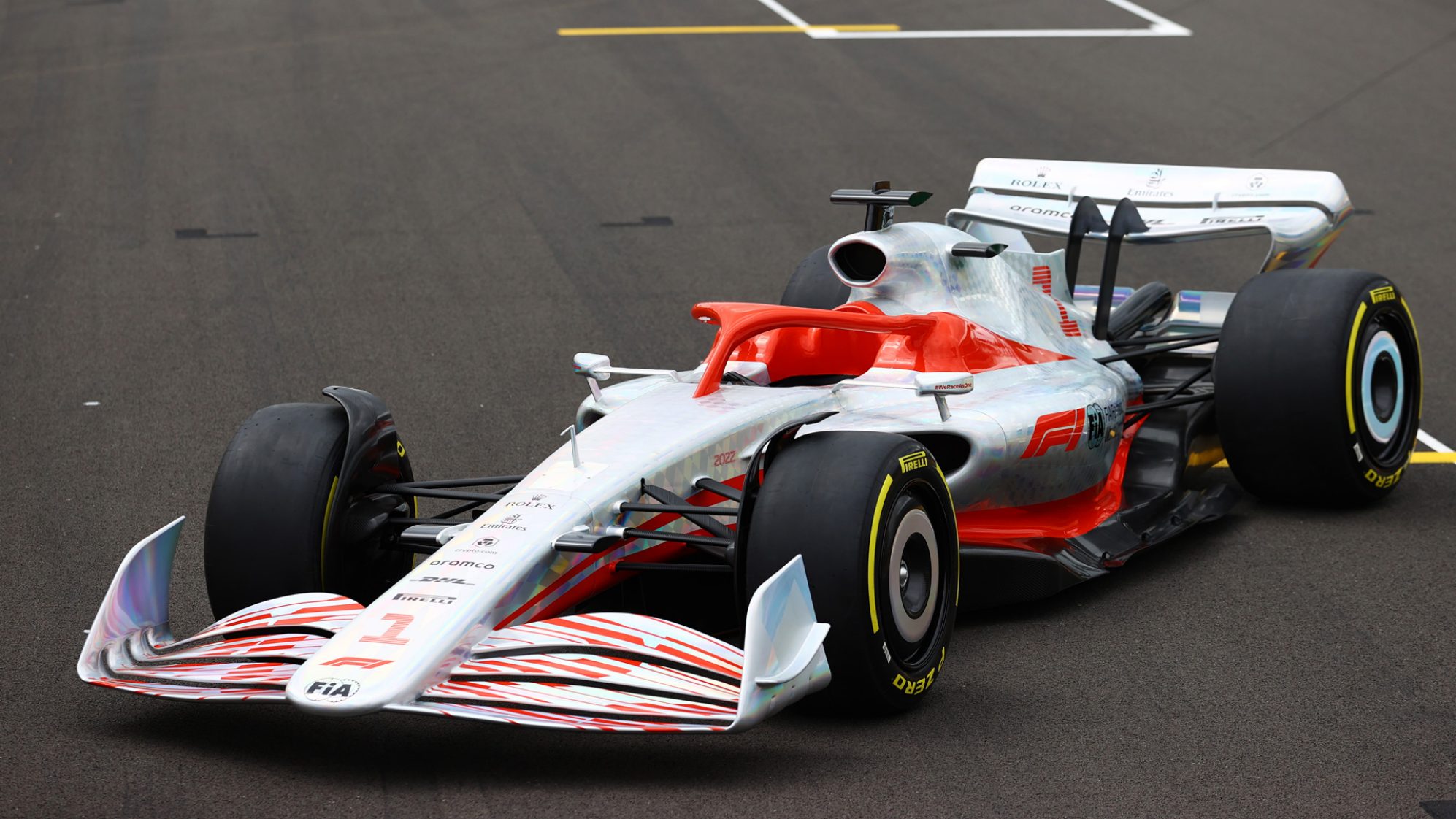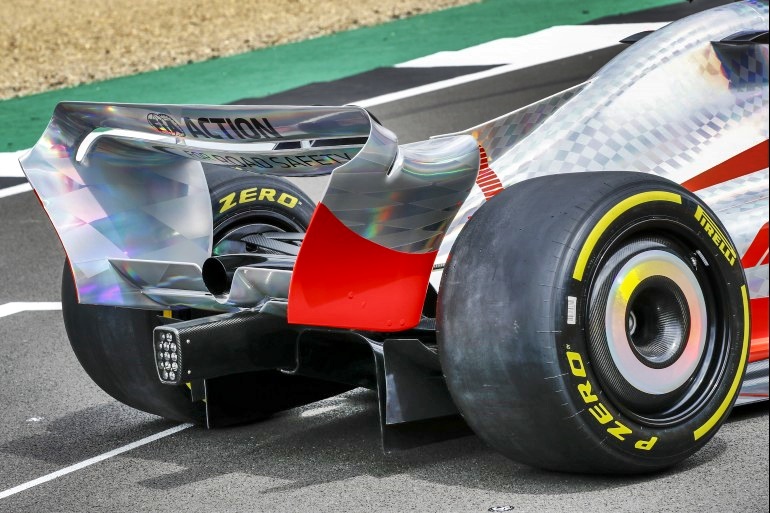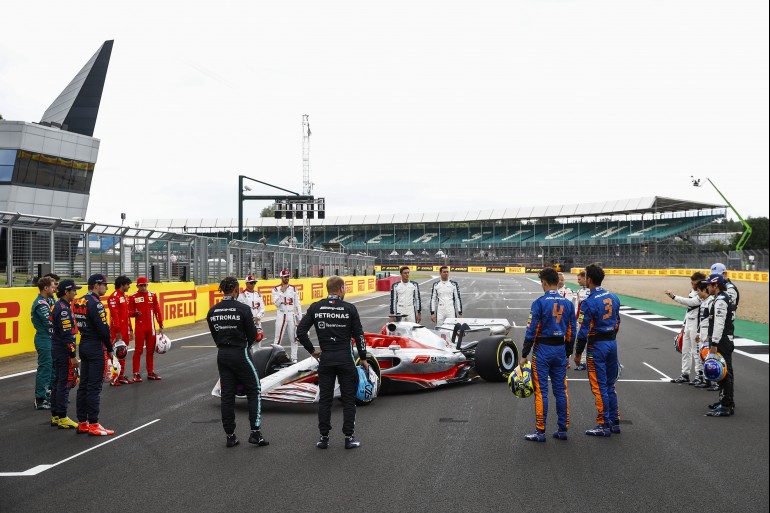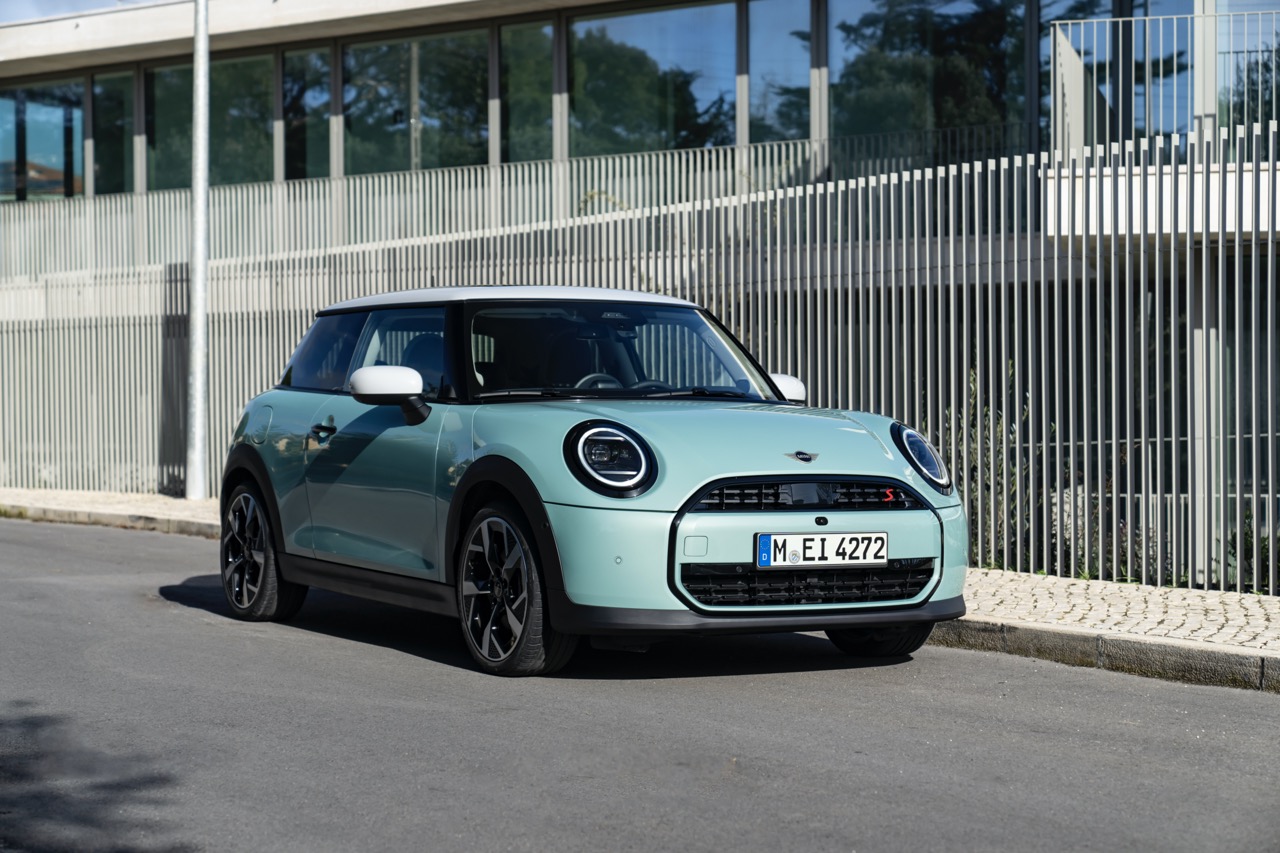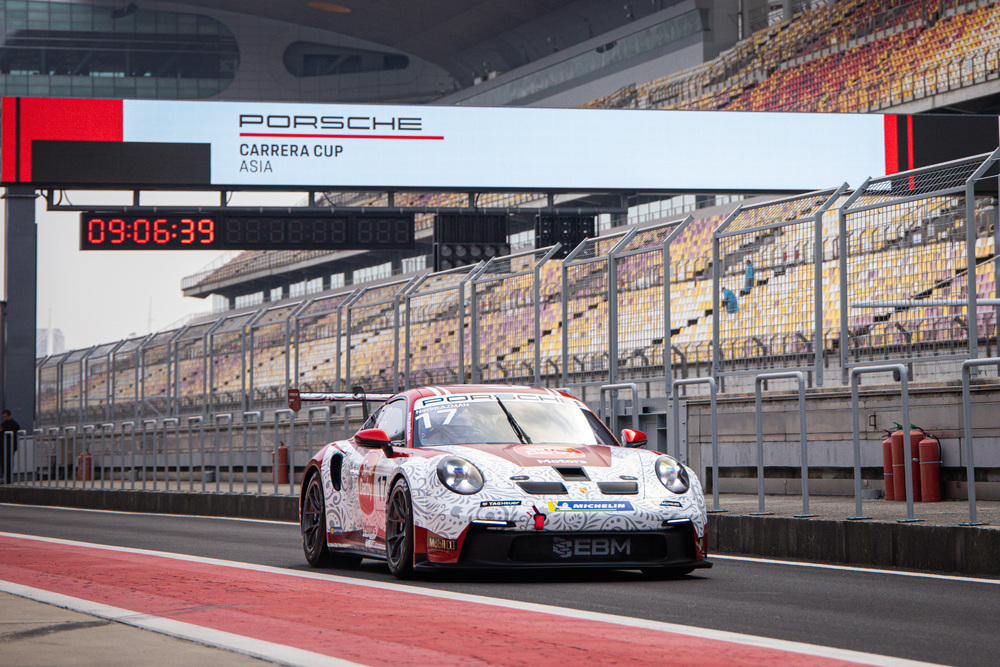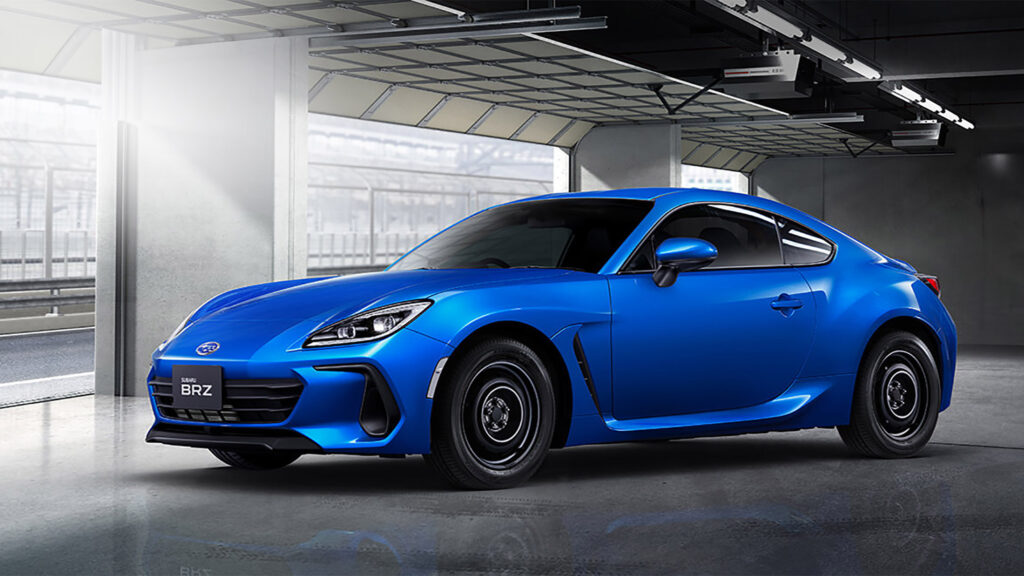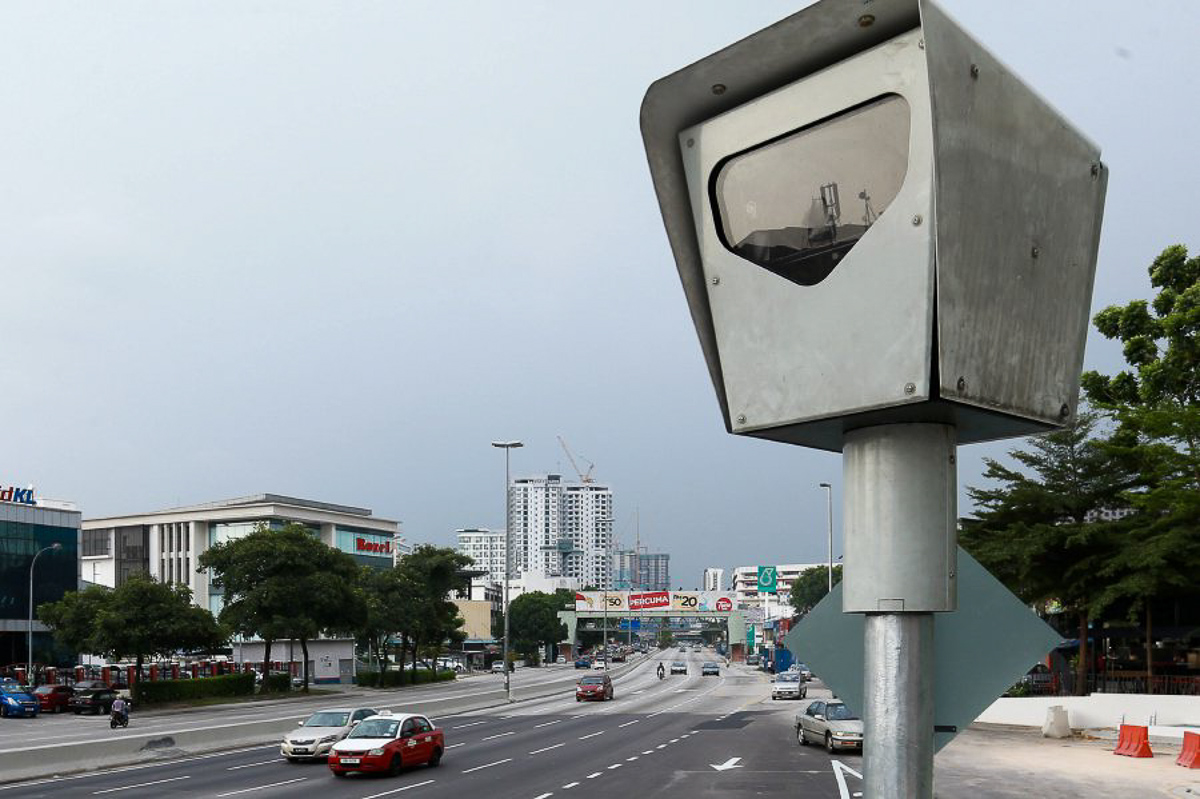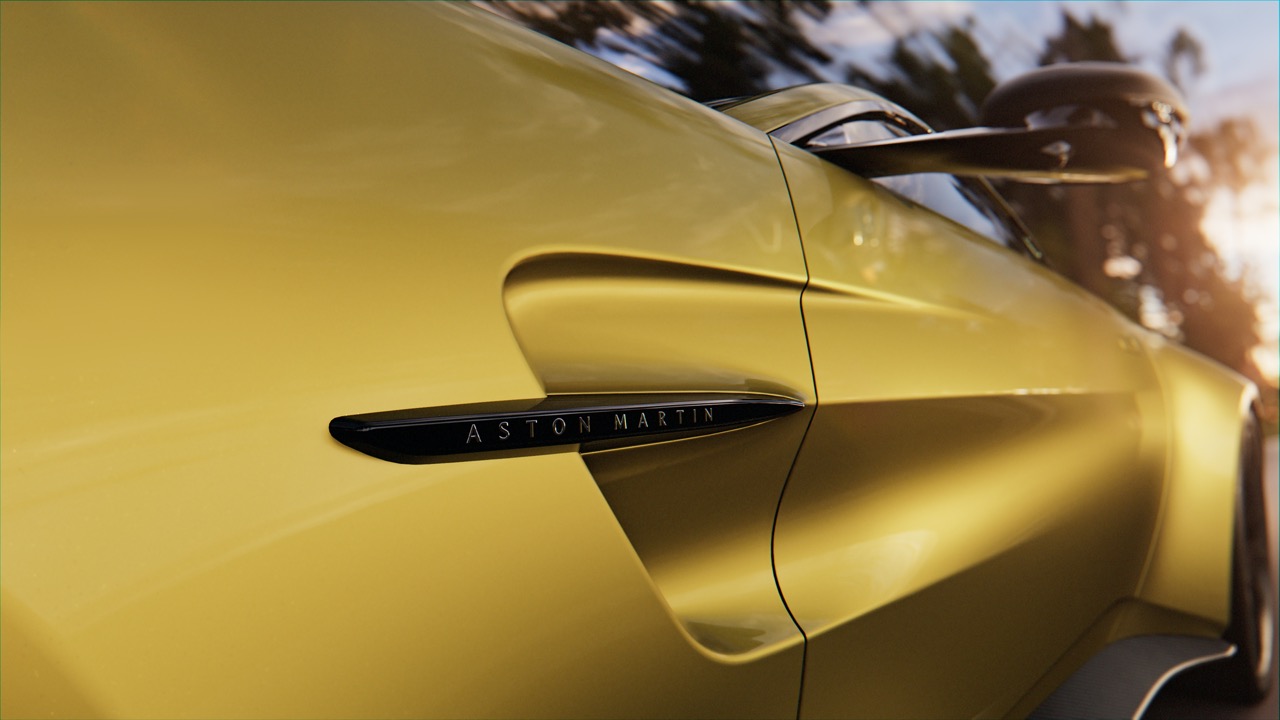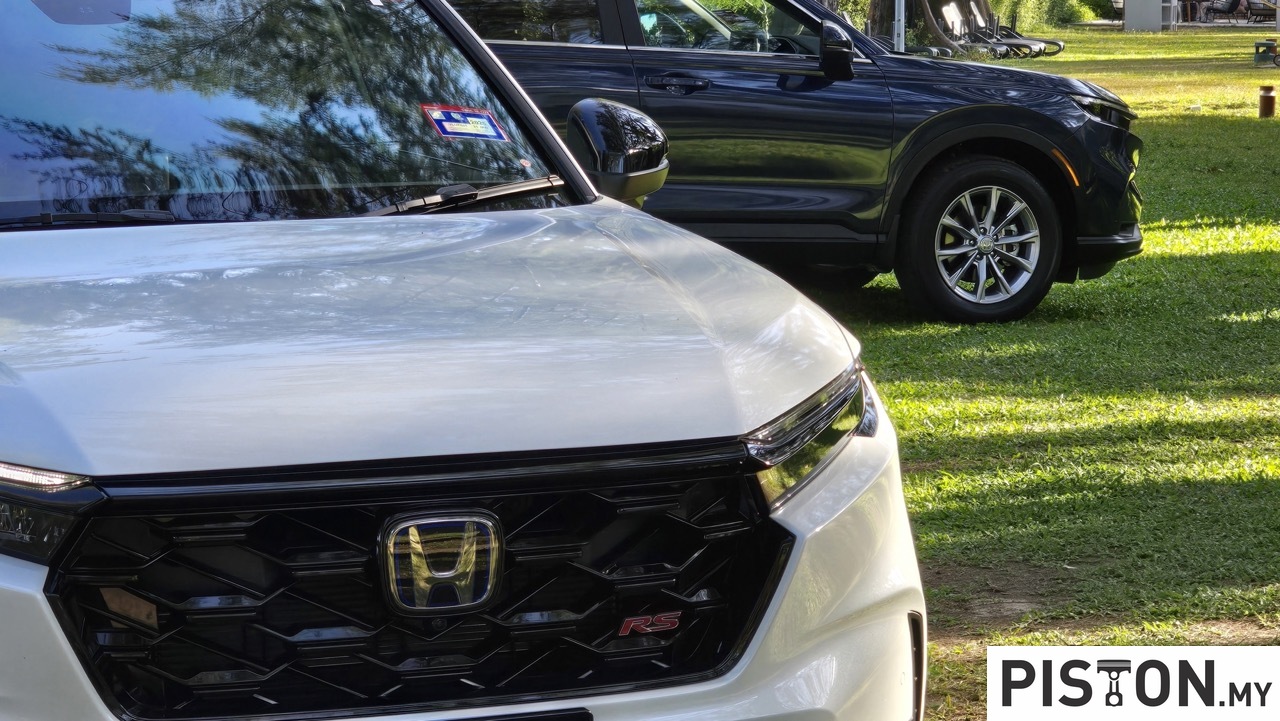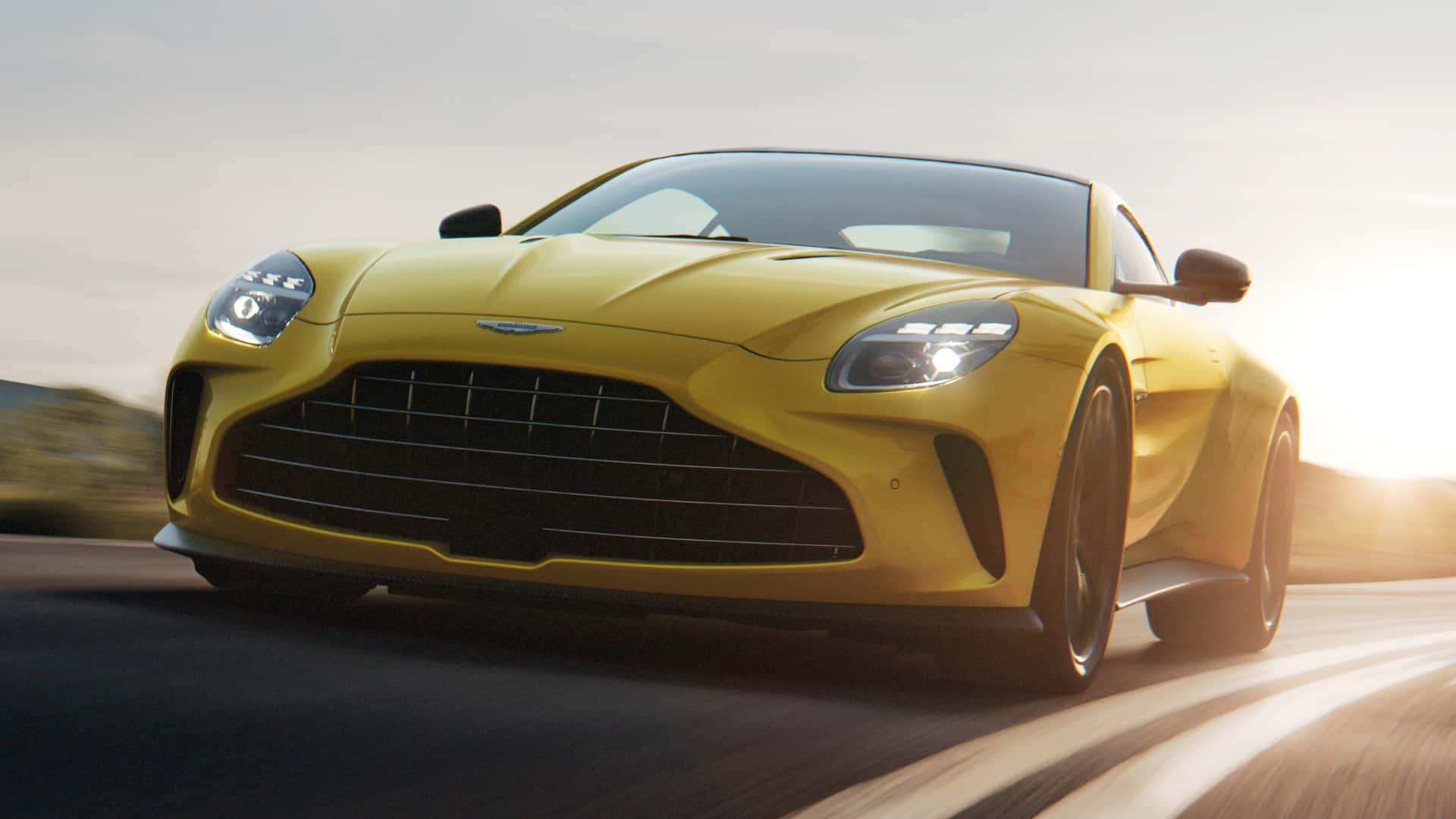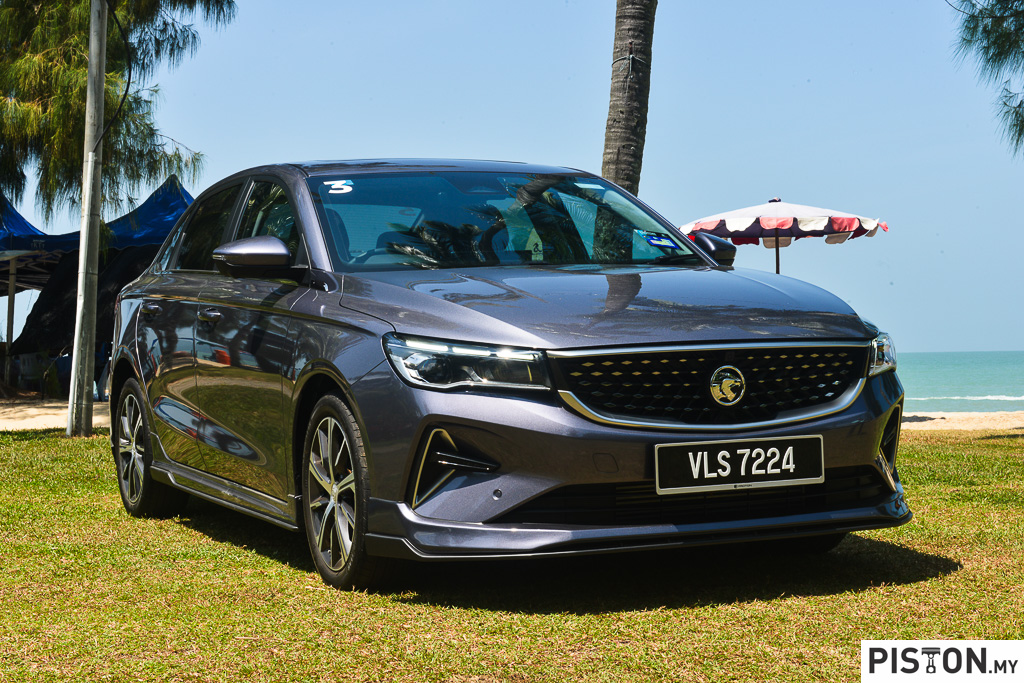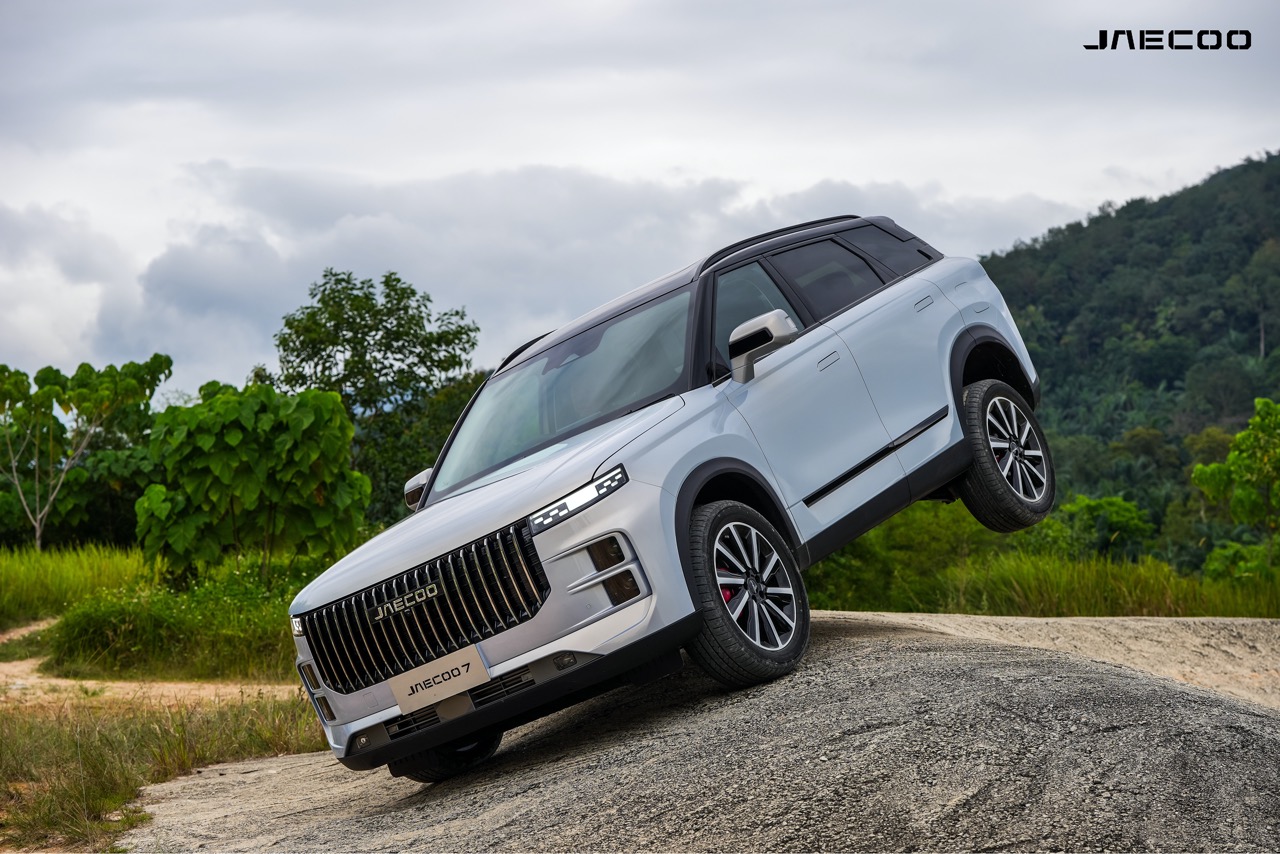The FIA Formula One World Championship will run for the 73rd time in 2022 and as has been the case periodically over the decades, the technical regulations set by the FIA have changes. Often, these changes reflect changing economic, social or technological circumstances. The changes for 2022, which took some 2 years to formulate, were originally meant to be introduced in 2021 but because of the COVID-19 pandemic, they were postponed to 2022.
“The regulations have been a truly collaborative effort, and I believe this to be a great achievement,” said FIA President Jean Todt when they were announced in late 2019. “A crucial element for the FIA moving forward will be the environmental considerations – Formula 1 already has the most efficient engines in the world, and we will continue to work on new technologies and fuels to push these boundaries further.
However, the restriction to a US$175 million budget for each team took effect in 2021. This meant that much of the development work to meet the new regulations had to be done with the budget cap in mind. This restriction helps to level the playing field between the less rich teams and the well-funded teams like Mercedes-AMG PETRONAS and Red Bull Racing Honda which are known to have spent US$550 million and more during a racing season.
“The 2022 regulations from the FIA will create the conditions for closer racing where the cars can get closer to each other,” said Stefano Domenicali, Formula 1 President & CEO, echoing Ross Brawn, Formula 1’s Managing Director of Motorsport who said that ‘we want much closer competition. We want them battling wheel-to-wheel’.
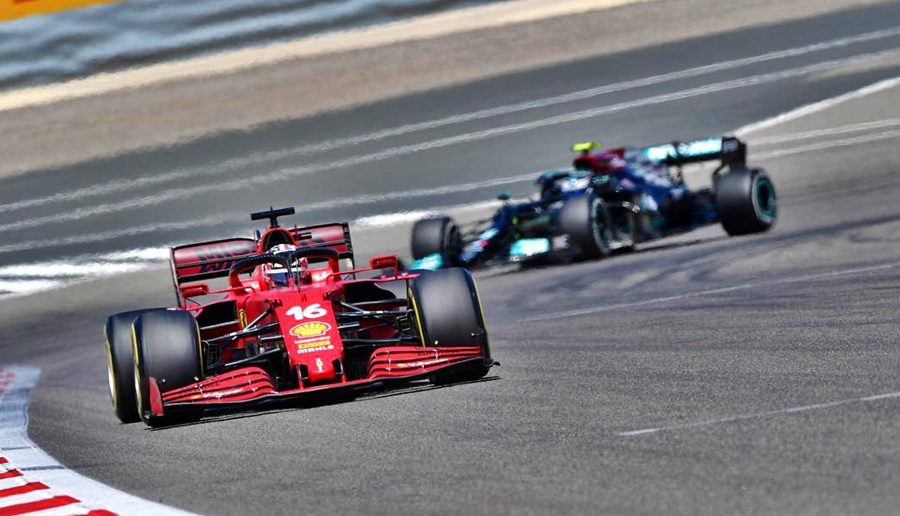
Powerplants will not change and the new generation of F1 cars will still use the same 1.6-litre hybrid V6 turbo engines. Hybrid engines were introduced in 2014 in place of the unturbocharged V8 units. The hybrid units have been complex and expensive to develop and by 2025 or so, the FIA will come out with new powertrain regulations that will use completely sustainable fuel. F1 cars currently run on a 5.75% blend of biofuel, and next year, they must use E10 (10% ethanol blend).
“Formula 1 has long served as platform for introducing next generation advancements in the automotive world. We are delighted by the momentum on sustainable fuels which perfectly aligns with our plan to be net zero carbon as a sport by 2030. Our top sustainability priority now is building a roadmap for the hybrid engine that reduces emissions and has a real-world benefit for road cars. We believe we have the opportunity to do that with a next generation engine that combines hybrid technology with sustainable fuels,” said Brawn.
The cars have evolved visually, and this is for commercial as well as technical reasons, the former being to have more appeal to spectators. The technical reasons include having to extend the front end to improve crash protection, while the rear end of the car must also be able to absorb 15% more energy. Romain Grosjean’s terrifying crash at the 2020 Bahrain Grand Prix and the way the car broke had engineers working hard to ensure that the power unit will separate in a way that will not allow the fuel tank to be exposed and leak.
Chassis strength has also been increased for better resistance to side impacts and inevitably, these changes have added weight to the car. The regulations have therefore been adjusted to allow the minimum weight to be 790 kgs, about 5% from the 752 kg limit for this year’s cars.
The F1 cars will also use bigger wheels in 2022; until now, they have been running on 13-inch wheels but next year will see them rolling on 18-inch wheels. While these may have a certain visual appeal – big wheels usually do – the drivers and engineers are not excited about this change. They have various implications on performance, including a possible increase in lap times, apart from adding weight.
Pirelli, the tyre-suppliers for F1, have developed new low-profile tyres which they say will not be as disadvantageous as the general view suggests. The new Pirelli compounds and constructions for are said to reduce the amount the tyres overheat as they slide along the track surface.
Bigger wheels, while also allowing for bigger brakes, will require close study of aerodynamics in those areas. And aerodynamic performance has always been a crucial element in the design of a F1 car. Designers in each team will have their own styling ideas for the various sections of the car while adhering to regulations, of course.
Downforce has been vital since the 1970s when people like Colin Chapman used aerodynamic principles to make the car ‘stick’ to the road more. However, in racing conditions, especially at the speeds of F1, the ‘dirty air’ from the car ahead can impact the car behind, with up to 35% of downforce being lost – even when 20 metres apart. If closer, this loss can even be as much as 47%.
The 2022 car, developed by Formula 1’s in-house Motorsports team in collaboration with the FIA, has given a lot of consideration to the ‘ground effect’ and can reduces the loss to just 4% at 20 metres and 18% at 10 metres.
Winglets are a clever aerodynamic feature on aircraft and over-wheel winglets will appear for the first time on F1 cars, along with wheel covers, last seen in 2019. While the covers can help in the aerodynamics, they have little to do with the actual tires. As a physical seal on the wheel, they will also help to reduce the dirty air coming off the car and the turbulence it causes in its wake.
The winglets will manage airflow coming off the front tyres and direct it away from the rear wing. Again, this is being introduced in the interests of reducing the negative effects on cars behind. This is expected to allow closer racing.
The 2022 car has fully shaped underfloor tunnels rather than the stepped floor used currently. This can generate and preserve large amounts of useful downforce through ground effect. As for the rear wing (which still has DRS), this also has a revised shape and position to move airflow higher up as it departs from the car so that the following car has more ‘clean air’ and can come closer.


